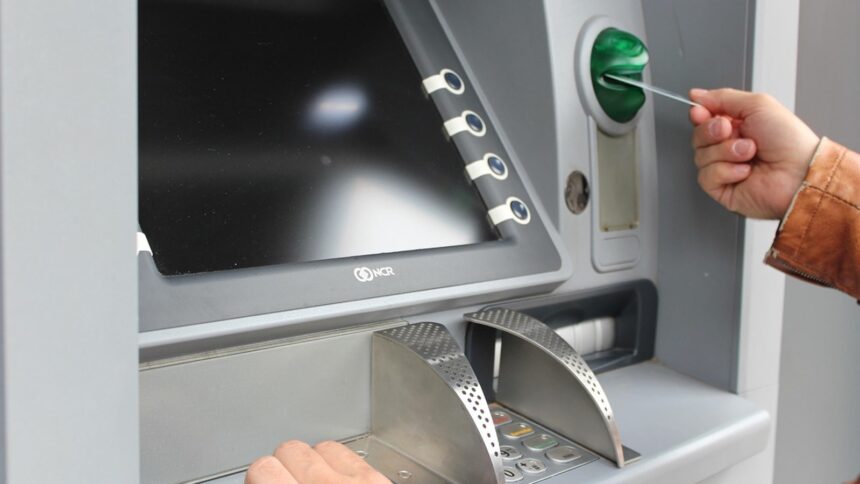Starting Thursday, May 1, 2025, customers will have to shell out more money for using Automated Teller Machines (ATMs) since the fee for such transactions has been increased by Rs 2 to Rs 23 from Rs 21. The Reserve Bank of India (RBI) has also allowed ATM networks to decide on the ATM interchange fee — the charge a bank pays to another bank for offering ATM services.
In March this year, the RBI revised the interchange fee and customer charges for usage of ATM and cash recycler machines.
Bank customers are eligible for five free transactions, which include financial (cash withdrawal) and non-financial transactions (balance enquiry) every month from their own bank ATMs. They are also eligible for free transactions (inclusive of financial and non-financial transactions) from other bank ATMs – three transactions in metro centres and five transactions in non-metro centres.
“Beyond the free transactions, a customer may be charged a maximum fee of Rs 23 per transaction. This shall be effective from May 1, 2025,” the RBI had said in a notification.
The RBI said that applicable taxes, if any, will be additionally payable.
The last revision in the ATM transaction fee was done in January 2022, when the RBI had allowed to increase the customer charges to Rs 21 per ATM transaction. This review was done to compensate banks for the higher interchange fee and given the general escalation in costs.
On August 14, 2014, the RBI had put a ceiling or cap on customer charges at Rs 20 per ATM transaction.
The RBI said the ATM interchange fee will be as decided by the ATM network.
The regulator had previously allowed an increase in interchange fee per transaction from Rs 15 to Rs 17 for financial transactions and from Rs 5 to Rs 6 for non-financial transactions in all centres, effective August 1, 2021.
The country’s ATM network, a vital part of the banking infrastructure, is primarily managed by the National Financial Switch (NFS), a leading multilateral ATM network operated by the National Payments Corporation of India (NPCI).
The ATMs of a bank are connected to the accounting platform of the bank through ATM switches. Inter-bank ATM networks are created by setting up apex level switches to communicate between the ATM switches of different banks. The inter-bank ATM networks facilitate the use of ATM cards of one bank at the ATM(s) of other banks for basic services like cash withdrawal and balance enquiry. Banks owning the ATMs charge a fee for providing the ATM facility to the customers of other banks. This fee referred to as ‘interchange fee’ is recovered by the ATM deploying bank from the card issuing banks.
However the interchange fee is not fixed across banks and depends on the terms of bilateral / multilateral arrangements. Banks with larger ATM networks treat interchange fees as an important stream of revenue.
ATMs have gained prominence as a delivery channel for banking transactions in India. Banks have been deploying ATMs to increase their reach. While ATMs facilitate a variety of banking transactions for customers, their main utility has been for cash withdrawal and balance enquiry.
As at the end of March 2025, the number of ATMs, CRMs and White-label ATMs (WLAs) deployed in the country was 2.55 lakh. This included 2.19 lakh ATMs of banks and 36,216 white-label ATMs.
As of end March 2025, public sector banks had deployed 1.33 lakh ATMs, while private banks and foreign banks had deployed 77,117 and 993 ATMs, respectively.
Commensurate with the branch network, larger banks have deployed more ATMs. Most banks prefer to deploy ATMs at locations where they have a large customer base or expect considerable use. To increase the usage of ATMs as a delivery channel, banks have also entered into bilateral or multilateral arrangements with other banks to have inter-bank ATM networks.








